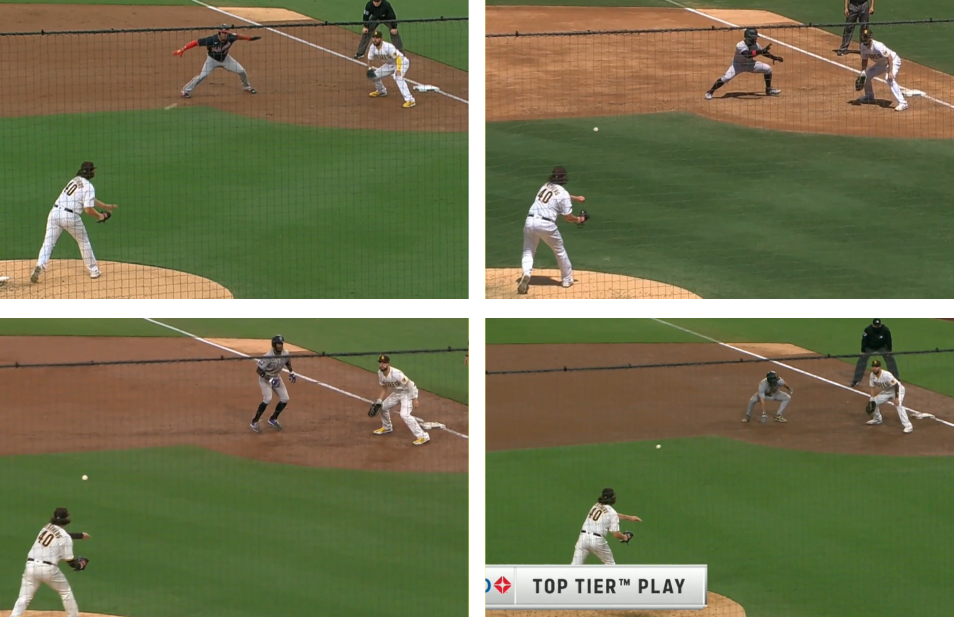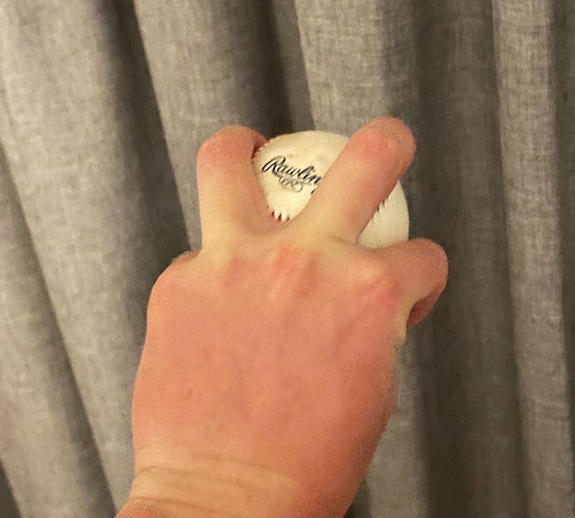Effectively Wild Episode 1750: The Gift of the Maggi

Ben Lindbergh and Meg Rowley banter about the Cardinals being unbeatable, the Giants setting a record for outperforming PECOTA, the Orioles’ and Diamondbacks’ race to MLB’s worst record, the White Sox and Yankees also having identical records (and the vagaries of unbalanced schedules and divisional assignments), the saga of Drew Maggi’s call-up and demotion and the phenomenon of “phantom ballplayers,” the Phillies’ weird ways of winning, and Shane Baz in the playoffs, then answer listener emails about a Jays and Rays Cardgate conspiracy, a team of Triple-A players vs. a team of inactive ex-MLB players, completing every long extra-inning game in an end-of-season marathon, what would happen if teams could literally refuse to lose, hitters gleaning pitch locations from where the catcher sets up, and MLB’s World Series rings vs. Australian rules football’s premiership medals.
Audio intro: Daniel Johnston, "Phantom of My Own Opera"
Audio outro: The Cars, "I Refuse"
Link to Kevin Goldstein on the Cardinals
Link to Rob Mains on PECOTA overperformers
Link to Patrick Dubuque on the Giants
Link to Jay Jaffe on Wade
Link to Jay on the Orioles
Link to Phil Miller on Maggi
Link to Do-Hyoung Park on Maggi
Link to phantom ballplayers wiki
Link to Craig Goldstein on Borucki
Link to “family portrait” tweet
Link to Carleton College softball game
Link to Ben on Kratz and catching
Link to 2021 peeking controversy
Link to Jason Turbow on peeking
![]() iTunes Feed (Please rate and review us!)
iTunes Feed (Please rate and review us!)
![]() Sponsor Us on Patreon
Sponsor Us on Patreon
![]() Facebook Group
Facebook Group
![]() Effectively Wild Wiki
Effectively Wild Wiki
![]() Twitter Account
Twitter Account
![]() Get Our Merch!
Get Our Merch!
![]() Email Us: podcast@fangraphs.com
Email Us: podcast@fangraphs.com
Podcast (effectively-wild): Play in new window | Download
Subscribe: RSS





